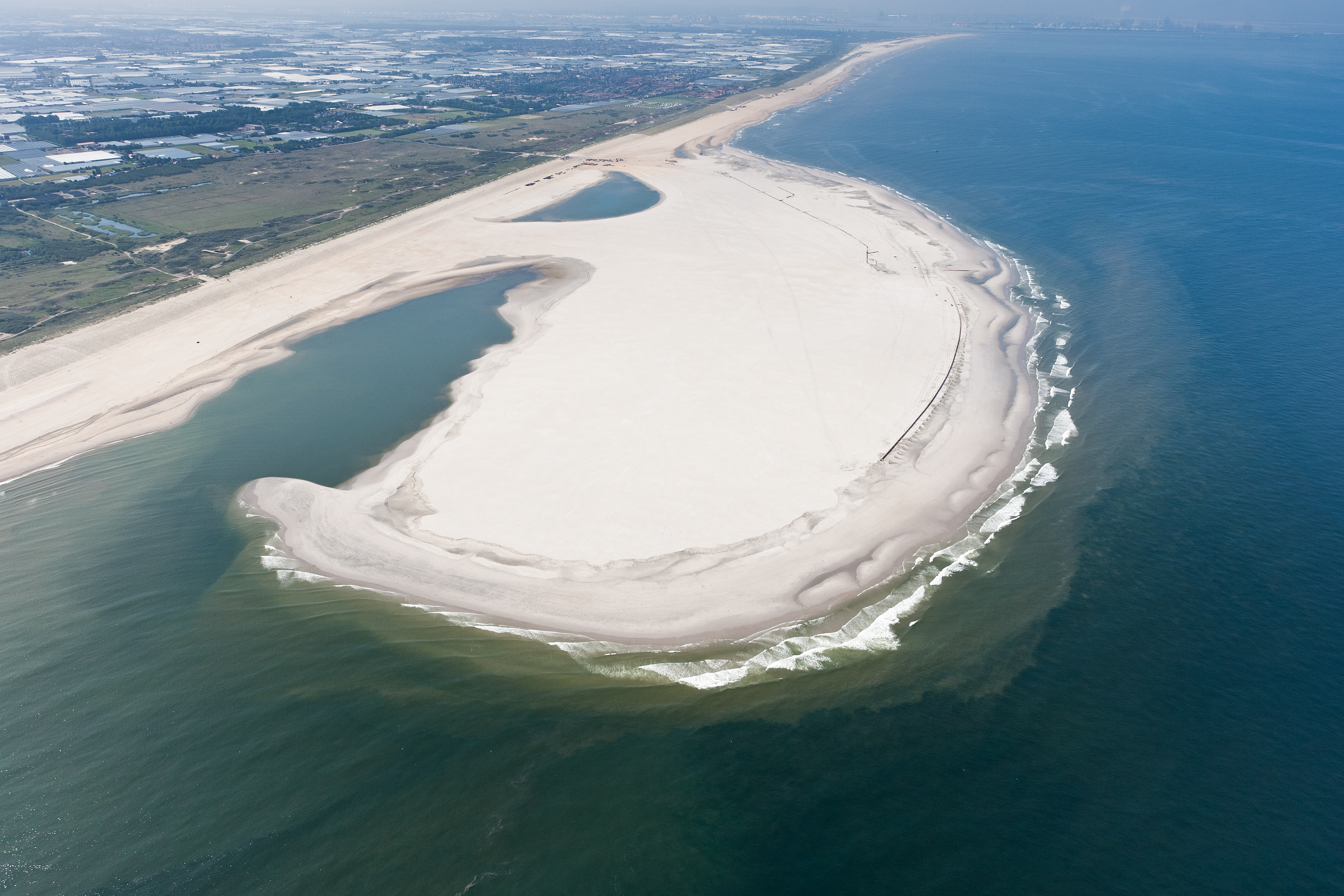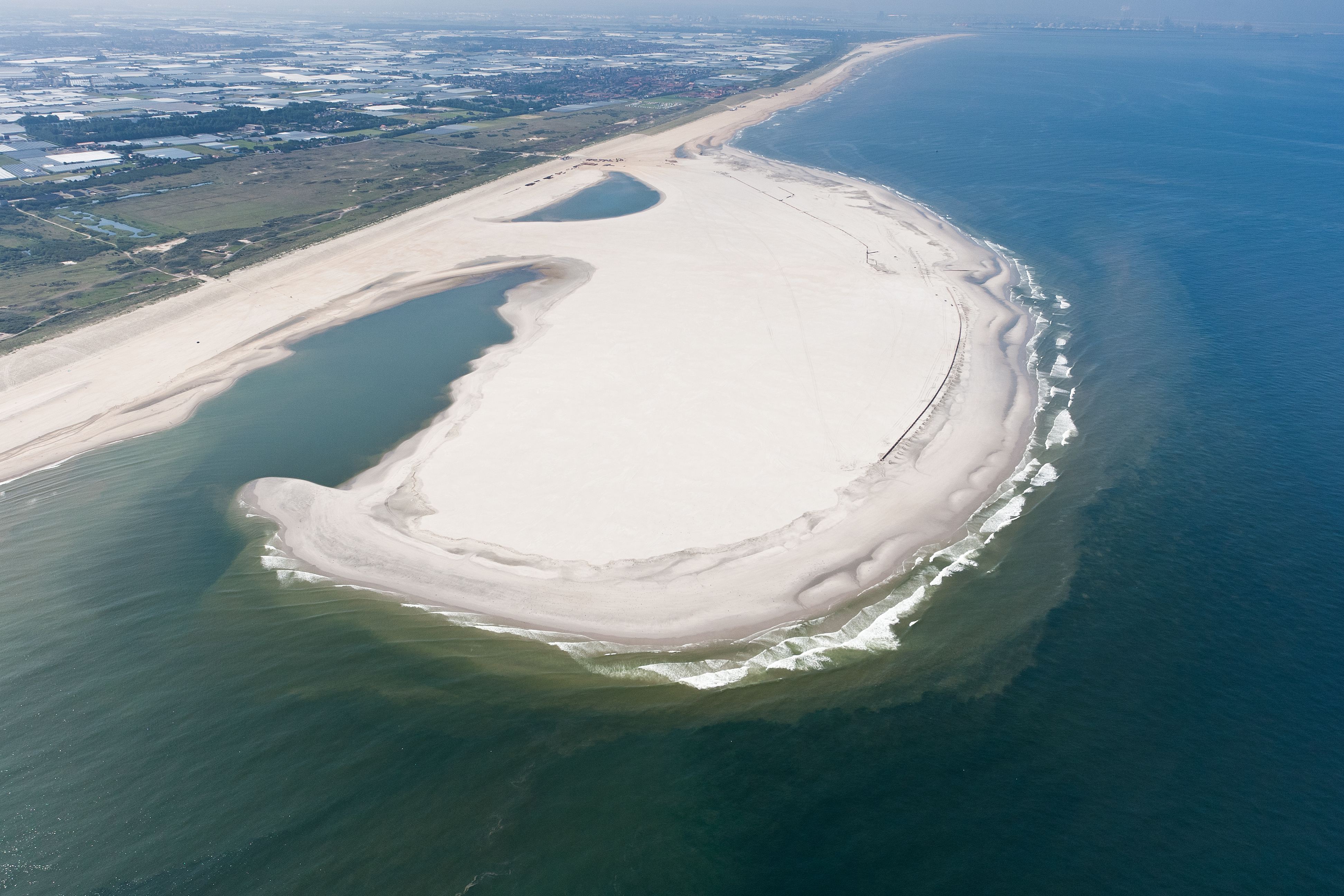Coastal protection

For people living in coastal areas, it is a fact of life that the sea “gives and takes”, meaning there are well known advantages and disadvantages to consider. The fact that it gives, is precisely the reason why living near the coast is so attractive. However, in terms of what it takes, there are also risks to consider, such as a constant threat of flooding and the possible loss of land, buildings, livestock and even human life.
Coastal protection is therefore an essential process to provide a defence against flooding and the erosion of land caused by waves, tides, currents and wind. The trend of migration towards coastal areas, rising sea levels and climate change will further increase the need for coastal defence. Beach renourishment and dike construction are some examples of coastal protection works. Both require the recovery and transportation of large volumes of sand.
The evolution of coastal protection
Coastal protection has evolved significantly over time. Initially, hard sea defenses, made of rock and stone, were the norm from the 18th to the early 20th century. However, they had notable drawbacks: they were costly to build and maintain, inflexible, and environmentally unfriendly.
The game-changer came in the 20th century with the introduction of seagoing trailing suction hopper dredgers (TSHDs). These vessels revolutionised coastal protection by efficiently mining, transporting, and applying sand, making soft sea defenses practical and cost-effective.
By the end of the 20th century, TSHDs were crucial in beach replenishment efforts, where sand was precisely placed ashore. This shift not only provided effective coastal protection but also embraced nature-friendly practices, aligning with modern environmental awareness.
Foreshore replenishments
Studies carried out in The Netherlands proved that in several cases, the sand didn’t have to be put onto the beach itself to achieve a favourable result. In fact, the studies showed that supplying sand to the coastal system as a whole, for example in foreshore locations, is also a highly effective option. The principle consists of keeping a total amount in the coastal zone to maintain a balance that prevents the erosion from taking place.
Since the turn of the century, coastal protection in The Netherlands, as well as in many other countries, consists of a balanced combination of beach and foreshore combinations. Foreshore replenishments have the advantage of being less costly, due to the fact that pumping ashore is not necessary and the process can be carried out in much shorter timeframes.
How does coastal protection work?
A coastal protection project is typically aimed at reinforcing beaches, dikes and structures that aim to work with nature.
1. Project planning
After identifying an opportunity comes the planning phase. Figuring out the best way to approach a dredging project, determining the most optimal approach and equipment required in combination with the anticipated return on investment will provide an answer to the question: can and should we do it?
It is our aim to make sure that whatever project and approach you choose you will be successful. Royal IHC is able to assist in the very first phases of a project via consultancy, feasibility studies, setting up a preliminary business case and more. With environmental dr
2. Equipment selection
Once the general outline of a dredging project is known comes the phase of how exactly are we going to do this? The practical side of the operation. Do we need a cutter suction dredger, trailing suction hopper dredger or perhaps smaller, more specialised equipment? What size should it be? How much will it cost and is there more we need to successfully execute this work? But also, is our crew skilled enough? Can we do this or do we need training or support beforehand?
Royal IHC has equipment available designed specifically for the conditions suitable for land reclamation
- Cutter suction dredger
- Trailing suction hopper dredger
- Dredge pump
- Dredge line components
- Operations monitoring
3. Execution
Now that everything is in place; the studies have proven it possible, equipment has been delivered and personnel can operate it, it is just a matter of doing the job. In this stage of a project other concerns arise such as how can we keep the operation running, can we optimize our process and, possibly, how can we grow our business, find new work and expand our fleet.

Are you ready to start your project?
Get in touch and we will help you get started.